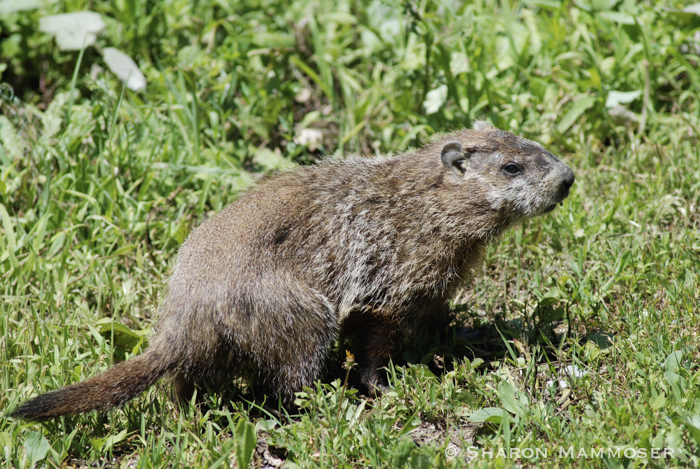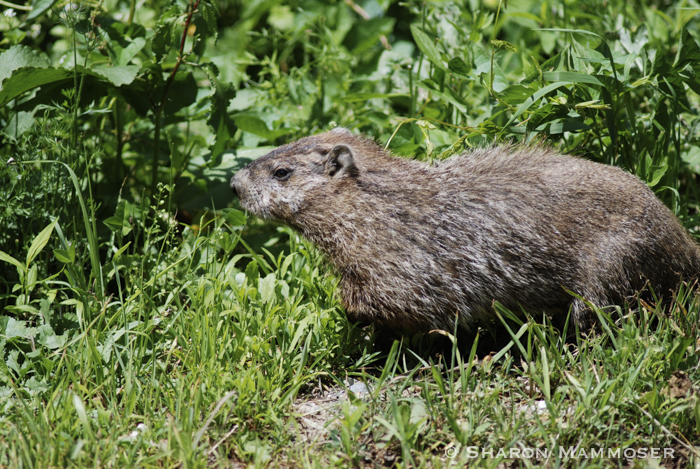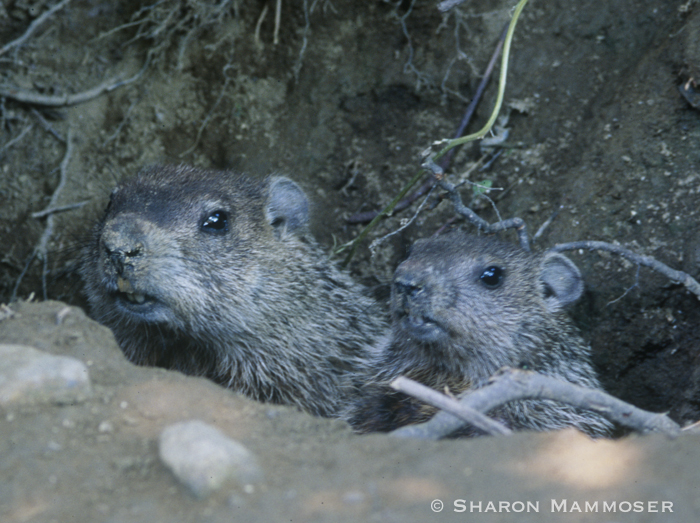 Happy Groundhog Day! Many people know it’s Groundhog Day because the news channels always seem to do some odd piece on it, often showing a groundhog that they get from …? who knows where they get this groundhog but it probably isn’t one that was hibernating in the first place. Legend has it that if a groundhog sees his shadow we are in for 6 more weeks of winter. If the day however is cloudy and the groundhog doesn’t see his shadow, we can take this as a sign of an early spring.
Happy Groundhog Day! Many people know it’s Groundhog Day because the news channels always seem to do some odd piece on it, often showing a groundhog that they get from …? who knows where they get this groundhog but it probably isn’t one that was hibernating in the first place. Legend has it that if a groundhog sees his shadow we are in for 6 more weeks of winter. If the day however is cloudy and the groundhog doesn’t see his shadow, we can take this as a sign of an early spring.
So we know there is a day dedicated to Groundhogs, but do we know anything at all about the actual animal responsible for this day? The Groundhog?
Here are a few facts about groundhogs:
1. First off, another name for the Groundhog is Woodchuck. In the Naturalist community of nature centers that I was part of for many years, the mammal seems to be called a woodchuck more than it was called a groundhog. But on TV, the reverse is true. Whatever name you use, it’s the same animal–a mammal and member of the rodent family and thus relatives with mice, squirrels, porcupines and beavers.
 2. Groundhogs are mammals and one of the few mammals who are what is referred to as “true hibernators.” The things they are capable of doing are nothing short of astonishing!
2. Groundhogs are mammals and one of the few mammals who are what is referred to as “true hibernators.” The things they are capable of doing are nothing short of astonishing!
3. For instance, during hibernation the body temperature of a woodchuck may drop 99 degrees to as low as 37 degrees. To give you some perspective, if a person’s body temperature drops as little as 3 degrees, s/he can go into mild hypothermia.
4. A woodchuck’s heart rate slows from 80 beats per minute to just 5.
5. During hibernation, the breathing of a woodchuck drops from 16 breathes per minute to as few as 2. They don’t eat during this entire time–up to 3 months, but incredibly, will not lose more than 1/4th of their body weight due to their slower metabolism.
6. As rodents, a characteristic is that they have incisors that continually grow and are a shade of orange. The incisors of a woodchuck can grow 1/16th of an INCH EACH WEEK, except when they are sleeping away the winter.
 7. Groundhogs are excellent diggers, capable of excavating amazing homes in the hard ground. Their burrows can be as long as 30 feet and up to 5 feet deep. These underground homes have multiple entrances and multiple chambers within, for different purposes. For instance, there is a spot for sleeping and giving birth (for females) as well as a separate toilet area.
7. Groundhogs are excellent diggers, capable of excavating amazing homes in the hard ground. Their burrows can be as long as 30 feet and up to 5 feet deep. These underground homes have multiple entrances and multiple chambers within, for different purposes. For instance, there is a spot for sleeping and giving birth (for females) as well as a separate toilet area.
8. Groundhogs eat a variety of plant material, making them herbivores, but none of this is wood, as their name woodchuck seems to suggest. Instead, they feast on succulent plants, fruit, buds, leaves, clover, and, as most gardeners can tell you, lots of garden veggies! I once watched a family of woodchucks in a yard filled with dandelions, devouring the yellow flower heads as if they were candy.
9. Females give birth in the underground burrow, in the spring, to between 2 and 6 blind, naked and helpless babies. The young are weaned and on their own by 5-6 weeks of age.
10. When alarmed, groundhogs will emit a shrill whistle, earning them the nickname of “whistle pig.”
Bonus: Groundhogs can climb up a tree or swim across a body of water if need be, but they are not very fast runners–reaching a top speed of 8 mph. When confronted with a predator like a fox, coyote or bobcat, they will almost always run for the safety of their underground burrow…

Once, I was watching a family of woodchucks in my yard when a bobcat wandered in. The female woodchuck sent the little ones scurrying but did not make it to its burrow in time and came face to face with the bobcat. What do you think happened? If you want to hear the rest of the story and learn what happened,CLICK HERE.


1 thought on “10 Things You May Not Know about Today’s Famous Animal (The Groundhog)”
Comments are closed.